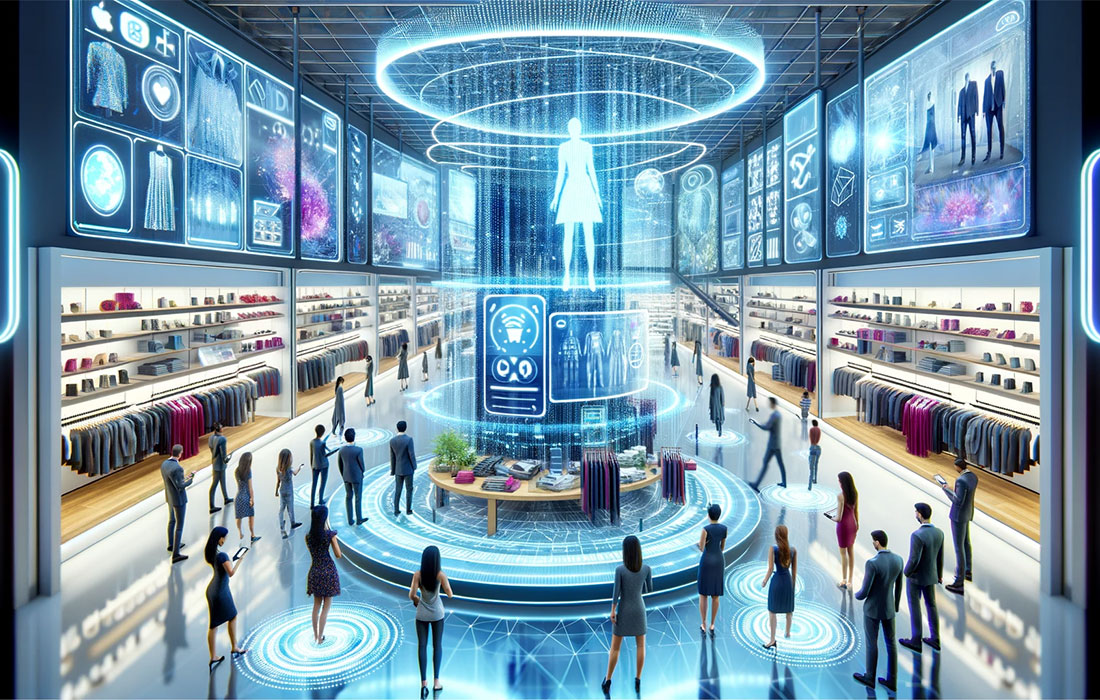Augmented Reality (AR) technology is revolutionizing the retail industry by offering immersive and interactive shopping experiences. As an innovative blend of the digital and physical worlds, AR provides a unique platform for retailers to engage customers, enhance product visualization, and offer personalized services.
The Rise of AR in Retail: A Global Trend
The Growing Market and Adoption
The global AR market has seen exponential growth, with an increasing number of retailers integrating AR into their business models. This trend is driven by advancements in AR technology and the widespread use of smartphones and AR-enabled devices.
Retail Giants Leading the Way
Major retailers like IKEA, Sephora, and Nike have already adopted AR, providing customers with innovative tools to visualize products in real-time. These implementations showcase the potential of AR to transform traditional retail experiences.
AR Applications in Retail
Virtual Try-Ons and Product Visualization
AR enables customers to try on clothes, accessories, or even makeup virtually, significantly enhancing the online shopping experience. Similarly, furniture and decor retailers use AR to help customers visualize how products would look in their homes.
In-Store Navigation and Information
In physical stores, AR can offer interactive store maps and product information, guiding customers through a seamless shopping journey. This not only enhances customer experience but also aids in product discovery.
Enhancing Customer Engagement and Satisfaction
Personalized Shopping Experiences
AR technology allows retailers to offer personalized recommendations and promotions based on customer preferences and behaviors, leading to higher engagement and satisfaction.
Building Brand Loyalty
By providing innovative and immersive experiences, retailers using AR can strengthen their brand image and build long-lasting customer loyalty.
Challenges and Future Prospects
Overcoming Technical and Adoption Challenges
Despite its potential, AR faces challenges such as technological limitations and consumer adoption hurdles. Ongoing advancements and consumer education are key to overcoming these obstacles.
The Future of AR in Retail
The future of retail with AR looks promising, with potential advancements in personalization, interactivity, and integration with other technologies like AI and VR.
Conclusion: A New Era of Shopping
AR technology is not just a trend but a transformative force in retail. As it continues to evolve, AR will redefine the shopping experience, making it more interactive, personalized, and engaging for customers.








